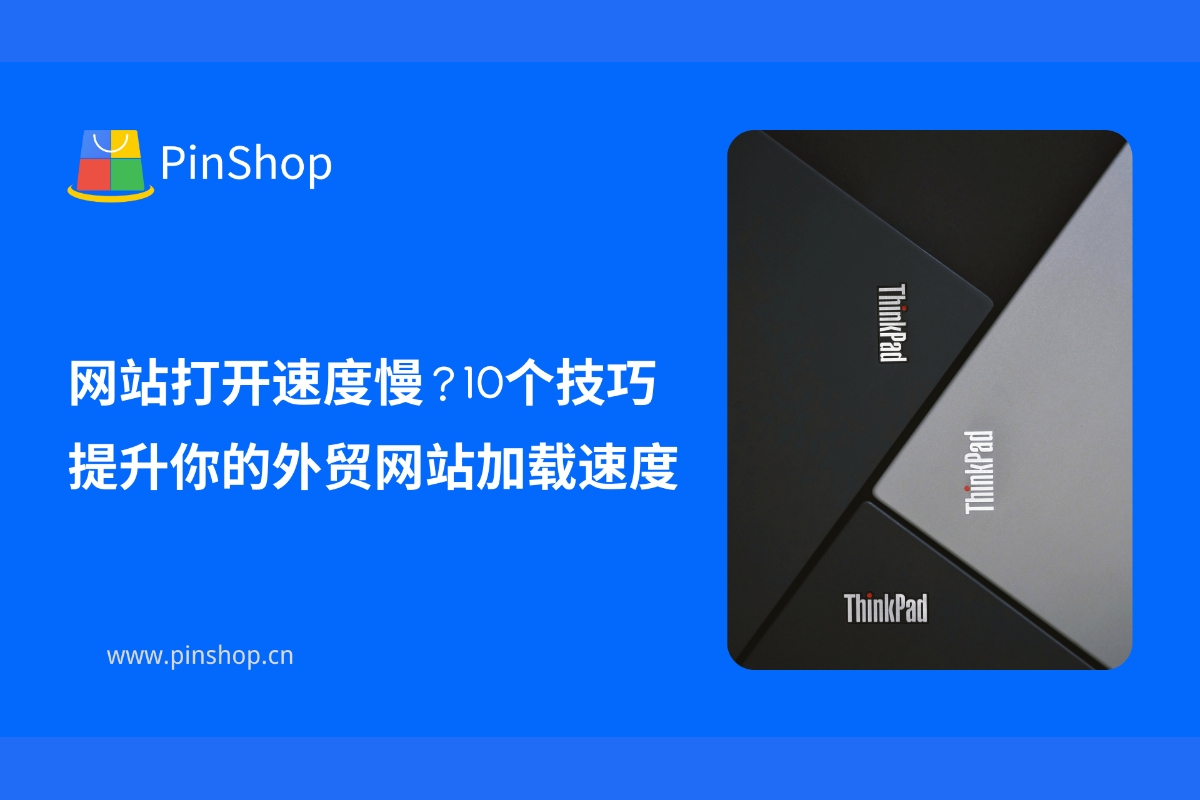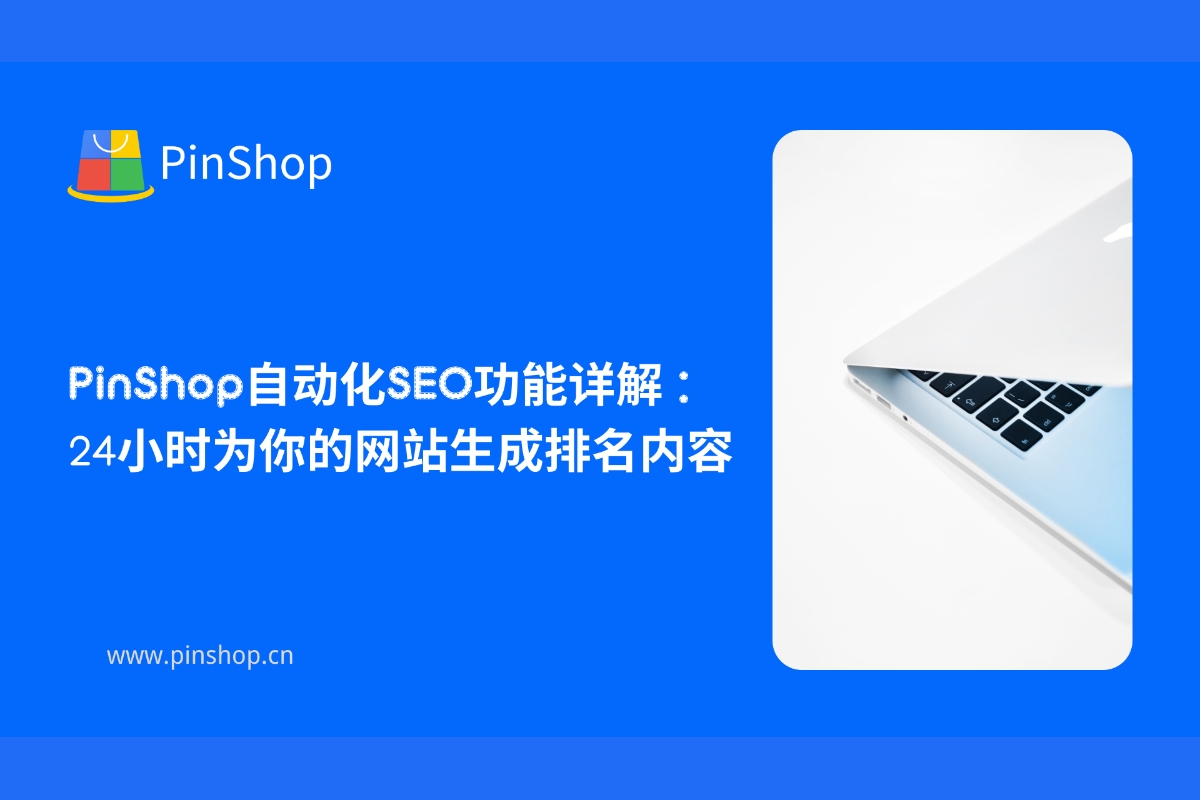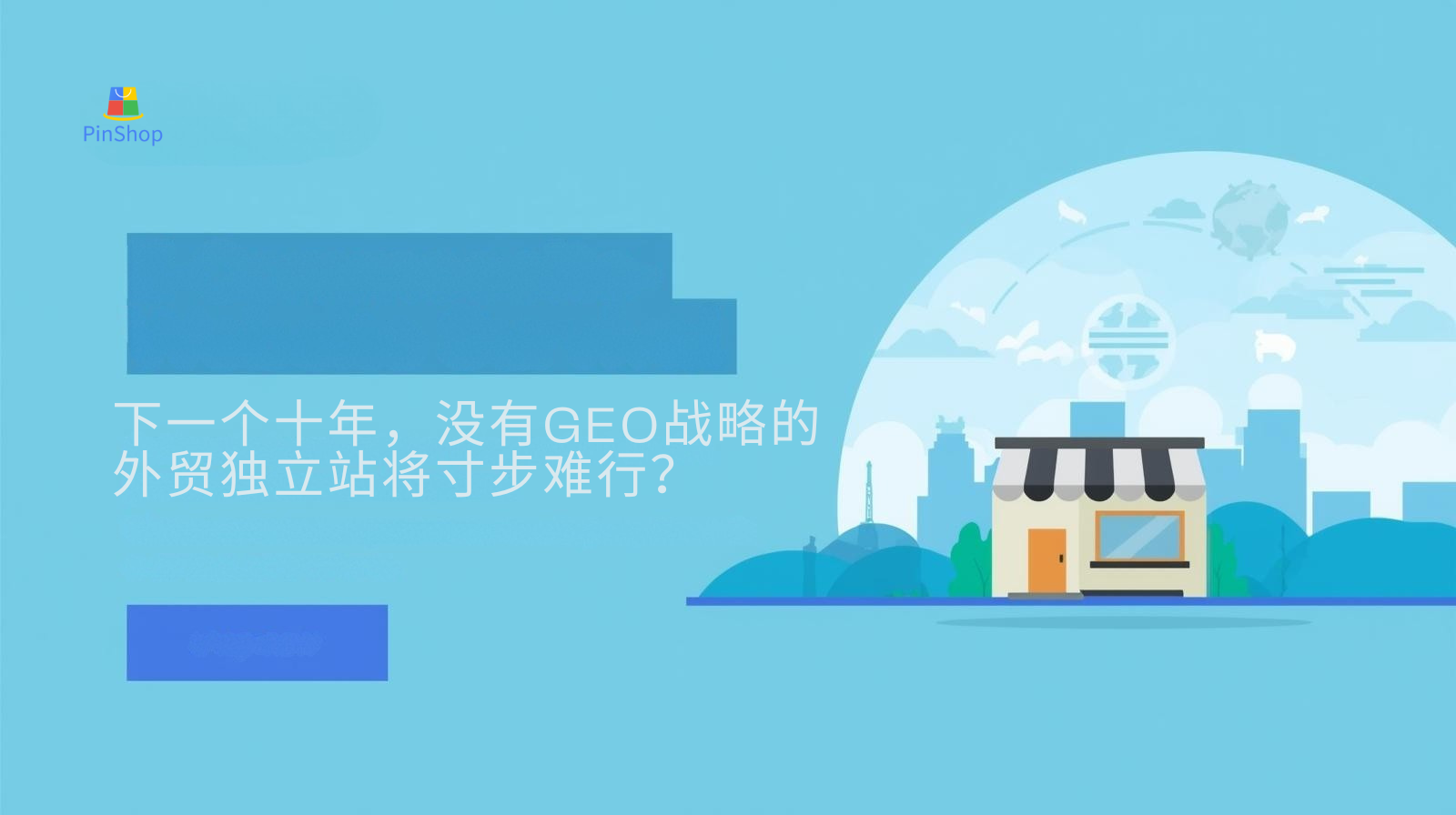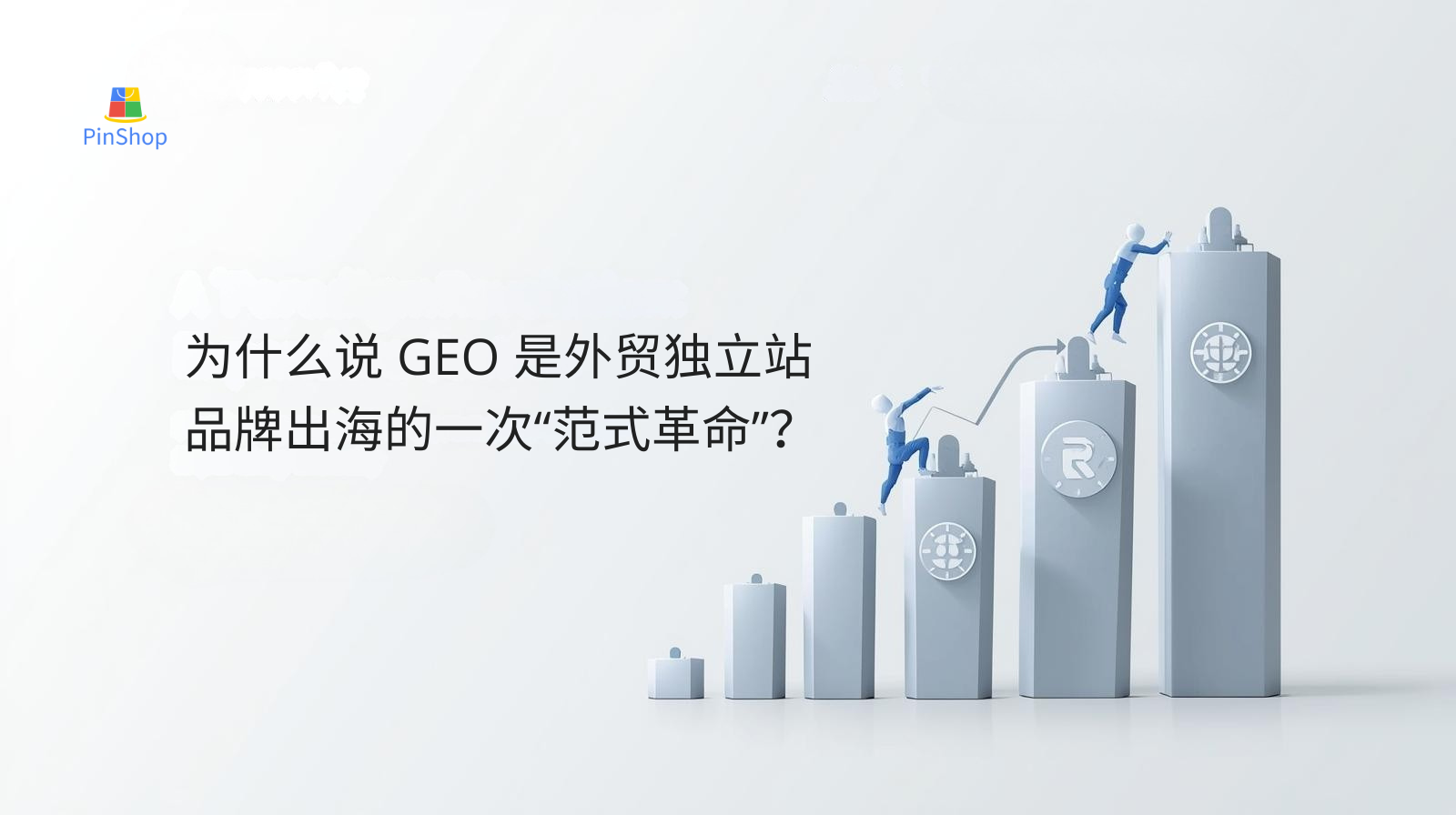From "Waiting to Search" to "Implanting Memories": How GEOs Rewrote the Rules of the Game
Traditional operators of independent e-commerce websites are accustomed to researching keyword trends, optimizing page elements, and building backlink networks on Google. However, all these efforts may face restructuring in the new era of AI search. When we realize that more and more buyers are starting to ask ChatGPT "looking for reliable stainless steel kitchenware suppliers," while meticulously prepared independent websites consistently fail to appear on AI's recommendation list, it means we must confront this inevitable paradigm shift. GEO is no longer simply about technical optimization, but rather about deeply integrating brand information into an AI knowledge graph through systematic content strategies and data annotation.
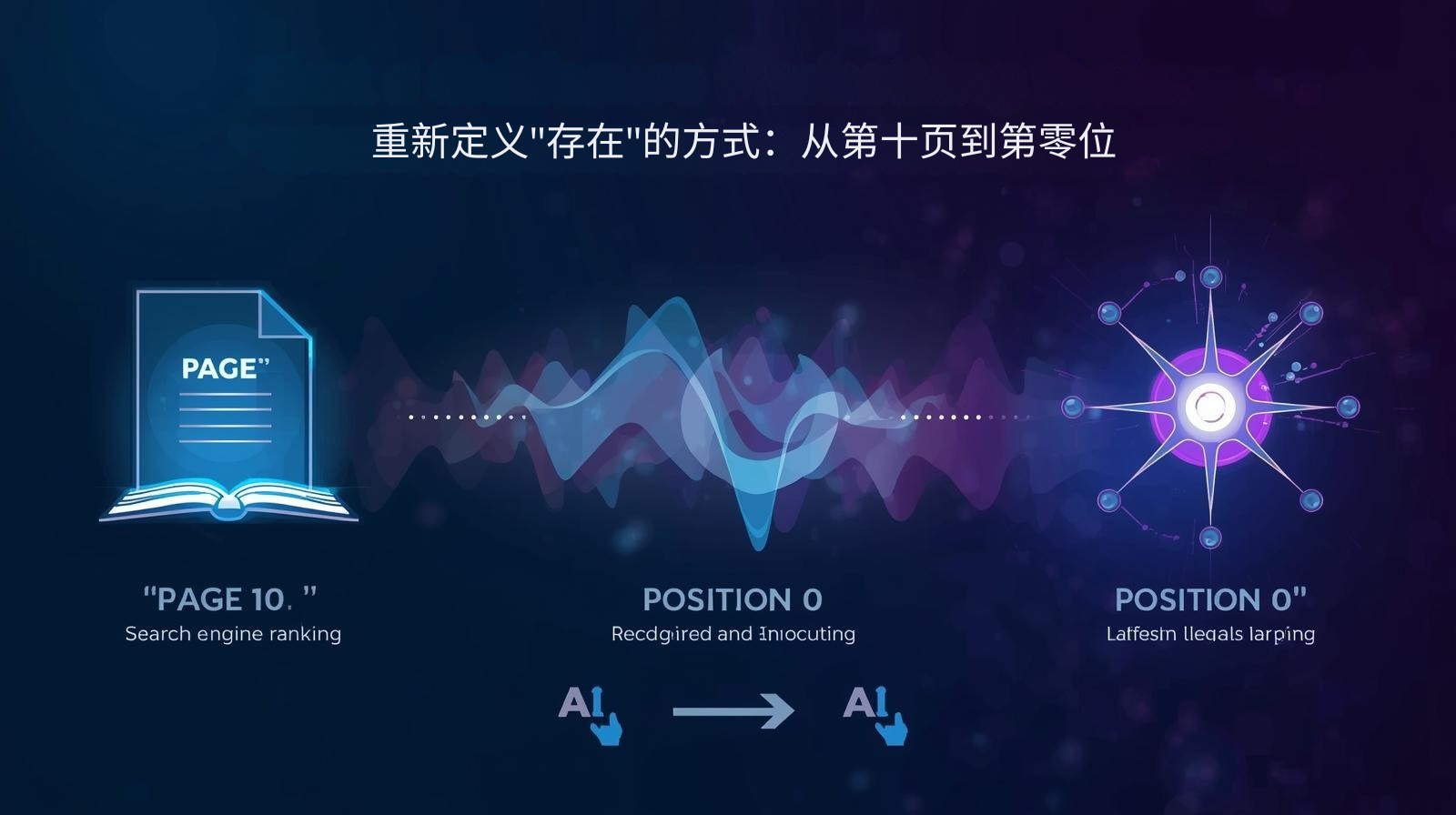
Redefining the way "existence" occurs: from page ten to position zero.
In the past, we needed to ensure our websites ranked in the top three of search engine results pages, even at the cost of huge advertising expenditures to maintain that position. But in the era of generative AI, the focus of competition has shifted from "ranking position" to "existence in the AI's memory." This is not just a change in how we acquire traffic, but a fundamental transformation in how businesses connect with potential customers.
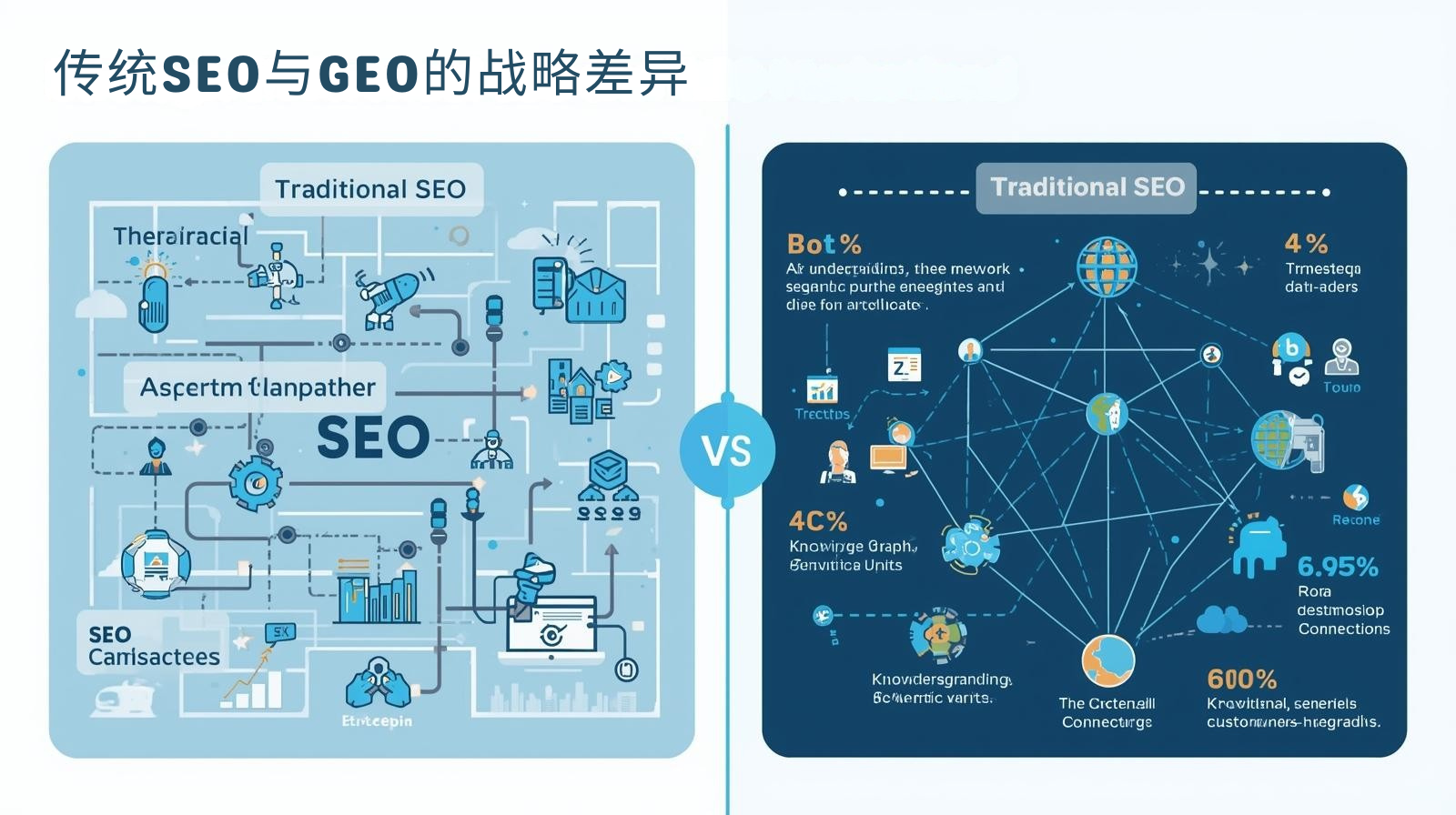
Strategic Differences Between Traditional SEO and GEO
Traditional SEO is essentially a battle against search engine algorithms; our focus is on making pages easier for crawlers to understand and index. In contrast, GEO requires a fundamental shift in our thinking—not just about being found by humans, but also about making AI remember us. This shift is reflected in four key areas:
- Content production has shifted from keyword-driven to semantic unit-driven, meaning each content block needs to be able to independently answer a specific business question.
- Data annotation has shifted from improving relevance to building knowledge graphs, enabling AI to accurately understand and disseminate our brand value.
- The user experience has evolved from browsing-oriented to dialogue-oriented, making every interaction an opportunity to deepen the impression of AI.
- The conversion path has been simplified from multiple steps to a single point of breakthrough, allowing customers to connect with us in the shortest possible time.

The four pillars of building a GEO system
The meticulous design of semantic units is paramount; we need to create information granules that AI can fully understand and disseminate. Comprehensive coverage of structured data is the second pillar, ensuring that the core information of every product and service can be accurately extracted.
Seven Practical Steps: Building a GEO System in 90 Days
Taking a foreign trade company specializing in stainless steel kitchenware as an example, we can proceed according to the following steps:
In the initial phase (1-30 days), the focus is on sorting out existing content assets and reorganizing them into independent Q&A modules.
In the mid-term phase (31-60 days), the focus is on refining the website's schema markup, especially the structured data for FAQPage and Product types. Research shows that websites with well-structured data are 320% more likely to be cited by AI.
In the mid-to-late stage (61-90 days), the focus is on establishing a continuous monitoring and optimization mechanism to ensure a continuous supply of high-quality AI recommendation traffic.
Twenty specific actions that can be implemented immediately
- Restructure the H1 headings of all core products into complete semantic units, such as "Food-grade Stainless Steel Soup Pot Set - Suitable for Restaurant Kitchens - European Port Delivery". This complete expression greatly increases the likelihood of being accurately cited by AI.
The logic behind this series of actions is very clear: in an AI-driven search environment, we must proactively plan the presentation of content and its data structure to ensure seamless integration into the emerging intelligent search ecosystem. Each unit should include elements such as product attributes, usage scenarios, and regional characteristics, forming a complete information package.
At the bottom of each product page on the website, create a detailed FAQ section to ensure that these questions and answers cover typical customer questions and usage scenarios.
Create a dedicated Q&A page for core products, using a natural conversational format to present professional answers.
Create a unique storytelling perspective for each product to avoid content frameworks that are similar to those of other competitors.
All qualification documents are systematically organized and presented on the website in a standardized format to facilitate recognition and verification by the AI system.
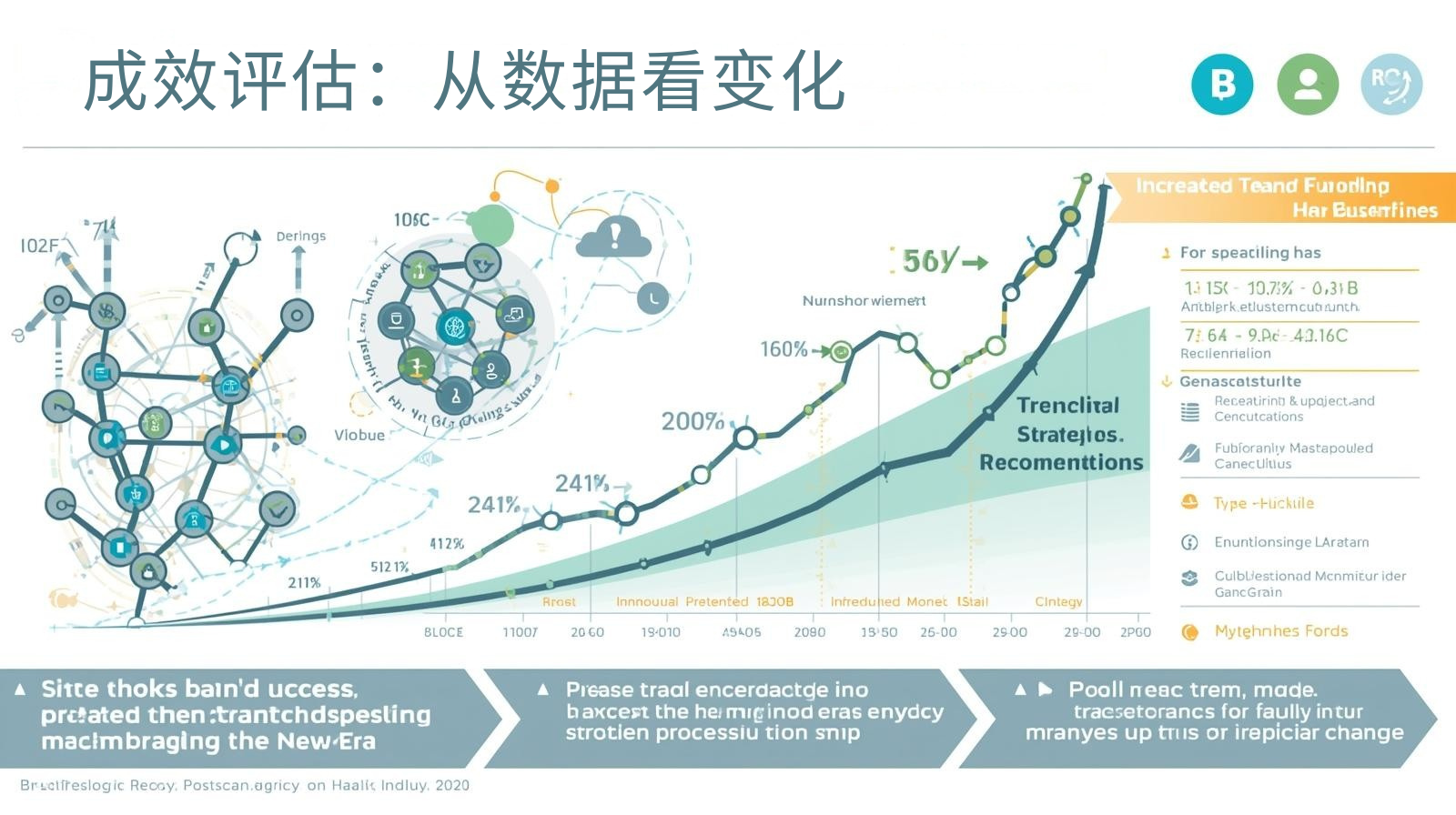
Performance Evaluation: Observing Changes Through Data
After three months of system implementation, we can observe significant improvements in the following key indicators: First, the frequency of brand mentions in various AI assistant responses has increased by 280% according to data.
Strategic Recommendations for Embracing the New Era
For foreign trade enterprises preparing to embrace this change, we recommend a three-stage, gradual approach: first, complete the basic content restructuring and data labeling, and then gradually expand to a wider range of knowledge areas.
This transformation is not merely a technological upgrade, but a revolution in the mindset of the entire industry. In this process, we need to continuously learn and adapt to remain competitive in this rapidly changing era.
Recommended article: Pintui Technology's Viewpoint: The Best Independent E-commerce Website of the Future Will Be the One That Is "Most Instructive"
Conclusion
GEO represents a fundamental turning point in the development of independent e-commerce websites. It requires us to understand the value of content at a deeper level, re-examine the role of data in business, and, more importantly, prompts us to think about how to continue creating value for our customers in the new environment.


